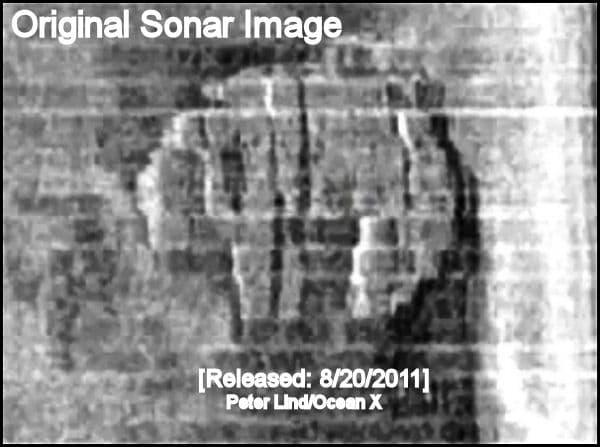

Significant ocean currents are involved in the circulation of the North Pacific Subtropical and Subpolar gyres. Prior to this time, ice sheets were still increasing in size so that sea level was decreasing almost continuously over a period of approximately 100,000 years. The time of lowest sea level is more or less equivalent to the last glacial maximum.

The lowest point of sea level during the last glaciation is not well constrained by observations (shown here as a dashed curve), but is generally argued to be approximately 130 +/- 10 m below present sea level and to have occurred at approximately 22 +/- 3 thousand years ago. No other events are evident in the data presented above. MWP-1B, 2, 3, 4), but it is unclear if these actually occurred or merely reflect misinterpretation of difficult measurements. A variety of other accelerated periods of deglaciation have been proposed (i.e. 2005.Īt least one episode of rapid deglaciation, known as meltwater pulse 1A, is agreed upon and indicated on the plot. The lower figure shows sea level rise since the end of the last glacial episode based on data from Fleming et al. (2001) suggests that in the last 10 kyr sea level has never been higher than it is at present. Regardless of such putative fluctuations, evidence such as presented by Morhange et al. Others dispute this and argue that sea level change has been a smooth and gradual process for essentially the entire length of the Holocene. It should be noted that some authors propose the existence of significant short-term fluctuations in sea level such that the sea level curve might oscillate up and down about this ~1 kyr mean state. A small number of extreme outliers were dropped. It was constructed by adjusting a number of specified tie points, typically placed every 1 kyr and forced to go to 0 at the modern day. The black curve is based on minimizing the sum of squares error weighted distance between this curve and the plotted data. Uncertainty about the magnitude of these corrections is the dominant uncertainty in many measurements of Holocene scale sea level change. It should be noted that because of the latter effect and associated uplift, many islands, especially in the Pacific, exhibited higher local sea levels in the mid Holocene than they do today. The first refers to deformations caused by the weight of continental ice sheets pressing down on the land, the latter refers to uplift in coastal areas resulting from the increased weight of water associated with rising sea levels. These papers collected data from various reports and adjusted them for subsequent vertical geologic motions, primarily those associated with post-glacial continental and hydroisostatic rebound. The second figure at the right shows changes in sea level during the Holocene, the time following the end of the most recent glacial period, based on data from Fleming et al. The month to month scatter on the satellite measurements is roughly the thickness of the plotted red curve. It may represent systematic error in the satellite record and/or incomplete geographic sampling in the tide gauge record. These data indicate a somewhat higher rate of increase than tide gauge data, however the source of this discrepancy is not obvious. Because of the limited geographic coverage of these records, it is not obvious whether the apparent decadal fluctuations represent true variations in global sea level or merely variations across regions that are not resolved.įor comparison, the recent annually averaged satellite altimetry data from TOPEX/Poseidon are shown in red. This data indicates a sea level rise of ~27.5 cm from 1800-2000. The thick dark line is a three-year moving average of the instrumental records.


The upper figure at right shows the change in annually averaged sea level at 23 geologically stable tide gauge sites with long-term records as selected by Douglas (1997). MSL also plays an extremely important role in aviation, where standard sea level pressure is used as the measurement datum of altitude at flight levels. Mean sea level (MSL) is a measure of the average height of the ocean's surface (such as the halfway point between the mean high tide and the mean low tide) used as a standard in reckoning land elevation. This figure shows sea level rise since the end of the last glacial episode based on data from Fleming et al.


 0 kommentar(er)
0 kommentar(er)
